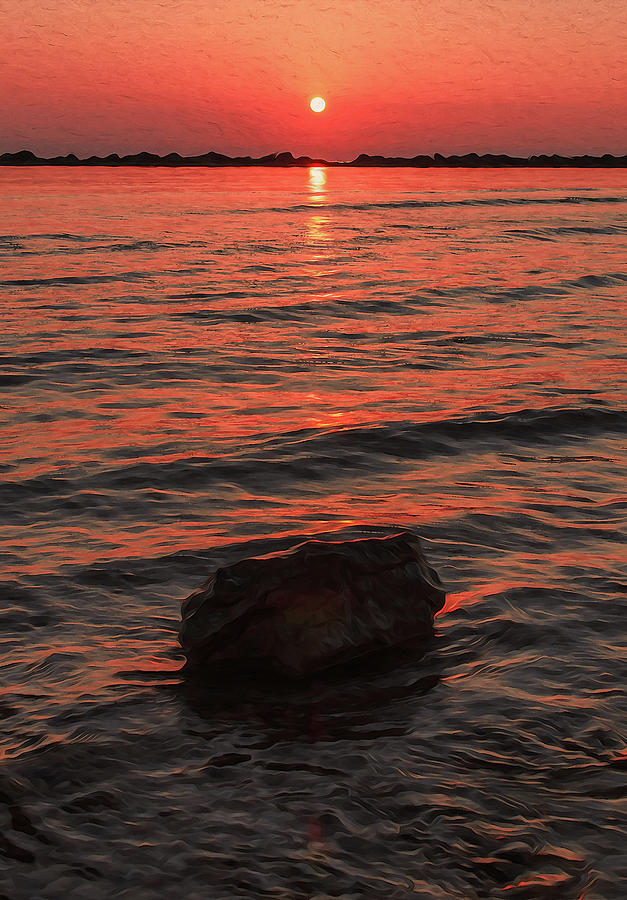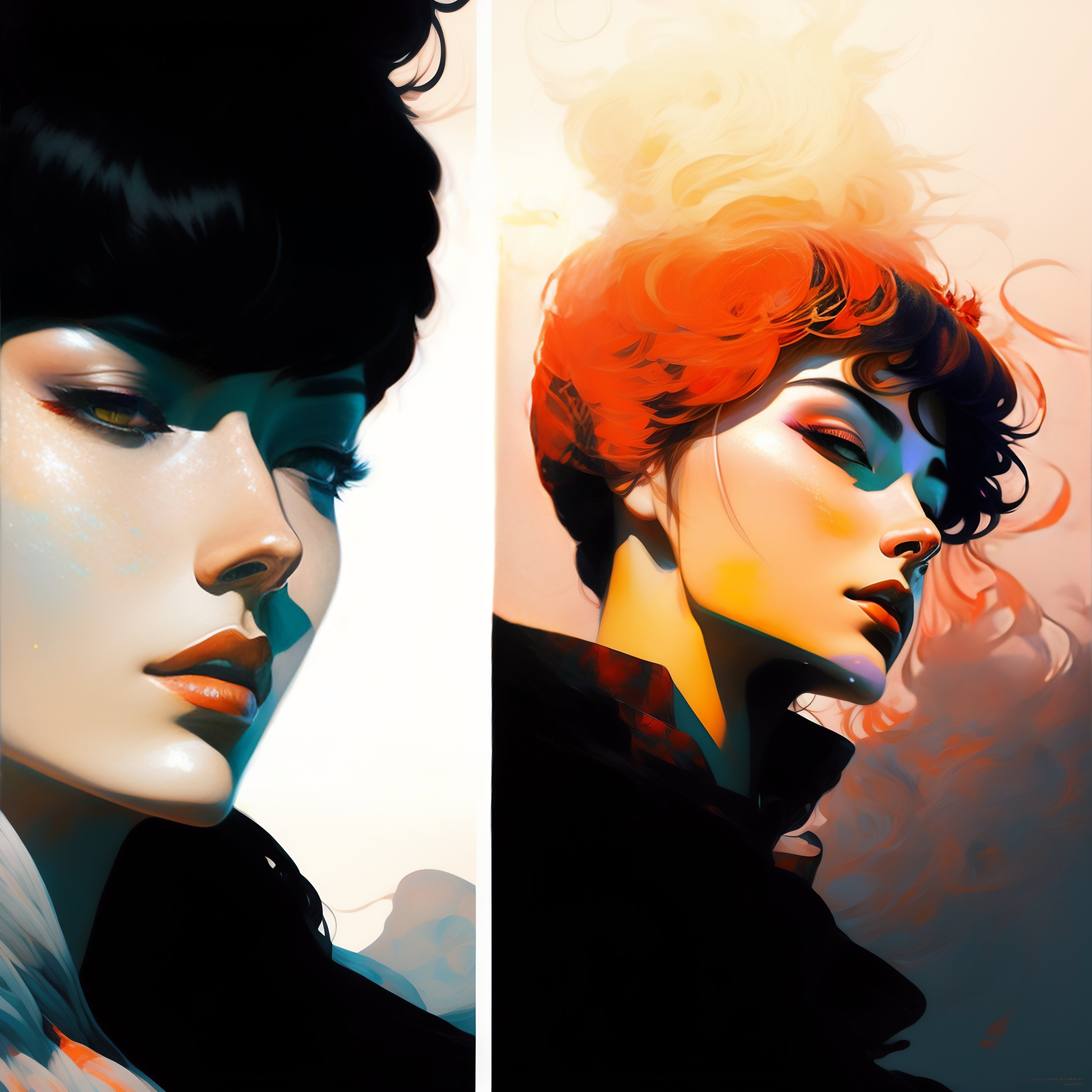Film cover art
Social buttons thumb up like and red heart background. Social media likes falling background for advertisement, promotion. Social buttons thumb up like and red heart background https://voltage-bet.info/tennis/. Social media likes falling background for advertisement, promotion, marketing, internet, SMM, CEO – for stock
Successful black businessman looking at camera celebrating success got promotion. Successful proud black businessman looking at camera celebrating victory got promotion or reward, happy african employee taking congratulations from colleague on professional achievement in office
Joyful excited young latin woman receive reward for good job. Getting promotion. Joyful young latin woman office worker yell look on pc screen receive recognition reward for good job from boss. Female scientist feel excited to find solution of difficult problem
undefined
undefined
Cinematic artwork
Certain elements prepare us for the spiritual, otherworldly phenomena that will shortly arise. One of them is Maureen’s quick page-turning of an exhibition catalogue, dedicated to the works of Hilma af Klint. Although this may not appear directly related at first, Klint’s art in movies is more than a mere prop in this scene. Eerily ahead of her time, the artist anticipated abstractionism and engaged with other, more spiritual forms of representation. In other words, she sets the stage for the ghosts we’ll come to meet and the mysticism that continuously guides the narrative of the film.
Film’s ability to convey complex narratives through visual imagery has revolutionized the way stories are told, using techniques such as framing, lighting, and sequential progression to guide viewers through a visual journey. These cinematic techniques have found their way into the realm of painting, where artists strive to evoke similar narrative experiences within the static confines of a canvas. This blend of film and painting results in narrative-driven compositions that not only capture a moment in time but also suggest a broader story, inviting viewers to engage with the artwork on a deeper level.
Edward Hopper is a prime example of an artist who uses cinematic framing in his work. His painting Nighthawks (1942) resembles a movie still, with its carefully composed setting and dramatic lighting creating a sense of isolation and tension. Another example is David Hockney, who often employs cinematic perspectives in his large-scale works, such as A Bigger Splash (1967), which captures a single moment with a sense of anticipation and movement.
Certain elements prepare us for the spiritual, otherworldly phenomena that will shortly arise. One of them is Maureen’s quick page-turning of an exhibition catalogue, dedicated to the works of Hilma af Klint. Although this may not appear directly related at first, Klint’s art in movies is more than a mere prop in this scene. Eerily ahead of her time, the artist anticipated abstractionism and engaged with other, more spiritual forms of representation. In other words, she sets the stage for the ghosts we’ll come to meet and the mysticism that continuously guides the narrative of the film.
Film’s ability to convey complex narratives through visual imagery has revolutionized the way stories are told, using techniques such as framing, lighting, and sequential progression to guide viewers through a visual journey. These cinematic techniques have found their way into the realm of painting, where artists strive to evoke similar narrative experiences within the static confines of a canvas. This blend of film and painting results in narrative-driven compositions that not only capture a moment in time but also suggest a broader story, inviting viewers to engage with the artwork on a deeper level.
Empire of the Sun artwork
Chloe Dewe Mathews (British, b. 1982) Six Farm, Loker, West-Vlaanderen 2013 Private Joseph Byers Private Andrew Evans Time unknown / 6.2.1915 Private George E. Collins 07:30 / 15.2.1915 © Chloe Dewe Mathews
“From the seconds after a bomb is detonated to a former scene of battle years after a war has ended, this moving exhibition focuses on the passing of time, tracing a diverse and poignant journey through over 150 years of conflict around the world, since the invention of photography.
“In 1992 I was commissioned to make work by the Neue galerie in Graz, Austria and the theme was war or “krieg” as it is in German. Graz is on the border with Yugoslavia and there was war in Yugoslavia at the time. I think they were hoping that I would make something to do with the war that was taking place between Croatia and Serbia and Bosnia. I did go to the war; you went to Zagreb and got a UN pass and went in to the war zone. It was very interesting to be taken into the war zone but ultimately I got back to England and I decided – to the annoyance of the gallery – that I was thinking about Austria instead. At the time, the president of Austria, Kurt Waldheim, had been exposed as a member of the SS and had been informing Yugoslavia during the war and the Austrians were very unconcerned about this. I thought I’d much prefer to make work that had the Austrians confronting their Nazi past rather than about the current conflict. I knew about the prison in Barry Island in South Wales where the SS were held before they were sent to Nuremberg for the trial and I started taking a series of photographs in the prison. It was lucky that I did because it was demolished the following year by the MOD. It’s gone now. When I got there, I saw the prisoners had been drawing on the walls. They’re mossy and crumbling but you can see Germanic lettering and Bavarian landscapes and women with 1940s haircuts. They are evocative and powerful given the emotive history. ”

Chloe Dewe Mathews (British, b. 1982) Six Farm, Loker, West-Vlaanderen 2013 Private Joseph Byers Private Andrew Evans Time unknown / 6.2.1915 Private George E. Collins 07:30 / 15.2.1915 © Chloe Dewe Mathews
“From the seconds after a bomb is detonated to a former scene of battle years after a war has ended, this moving exhibition focuses on the passing of time, tracing a diverse and poignant journey through over 150 years of conflict around the world, since the invention of photography.
“In 1992 I was commissioned to make work by the Neue galerie in Graz, Austria and the theme was war or “krieg” as it is in German. Graz is on the border with Yugoslavia and there was war in Yugoslavia at the time. I think they were hoping that I would make something to do with the war that was taking place between Croatia and Serbia and Bosnia. I did go to the war; you went to Zagreb and got a UN pass and went in to the war zone. It was very interesting to be taken into the war zone but ultimately I got back to England and I decided – to the annoyance of the gallery – that I was thinking about Austria instead. At the time, the president of Austria, Kurt Waldheim, had been exposed as a member of the SS and had been informing Yugoslavia during the war and the Austrians were very unconcerned about this. I thought I’d much prefer to make work that had the Austrians confronting their Nazi past rather than about the current conflict. I knew about the prison in Barry Island in South Wales where the SS were held before they were sent to Nuremberg for the trial and I started taking a series of photographs in the prison. It was lucky that I did because it was demolished the following year by the MOD. It’s gone now. When I got there, I saw the prisoners had been drawing on the walls. They’re mossy and crumbling but you can see Germanic lettering and Bavarian landscapes and women with 1940s haircuts. They are evocative and powerful given the emotive history. ”
